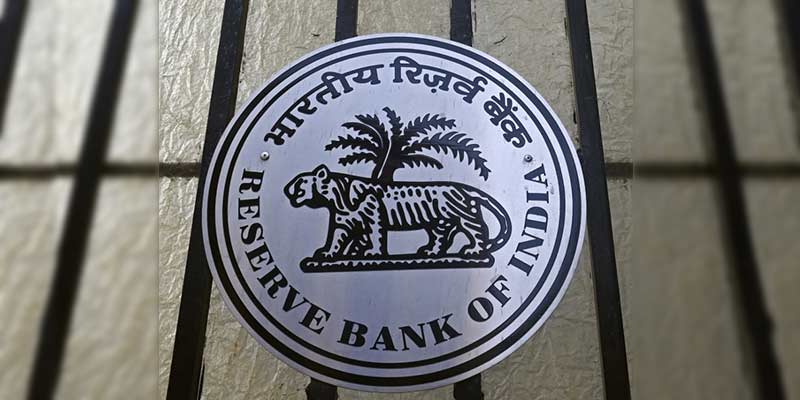- India
- Feb 07
RBI cuts repo rate by 25 bps to 6.25%
• The Monetary Policy Committee (MPC) of the Reserve Bank of India held its 53rd meeting from February 5 to 7 under the chairmanship of Governor Sanjay Malhotra.
• The MPC has unanimously decided to reduce the repo rate by 25 basis points to 6.25 per cent.
• This is the first rate cut in nearly five years.
• Repo rate, which is also known as the benchmark interest rate, is the rate at which the RBI lends money to the banks for a short term. Reverse repo rate is the borrowing rate at which RBI borrows money from banks for a short term.
• The rate increase cycle was paused in April 2023 after six consecutive rate hikes, aggregating to 250 basis points since May 2022. The last rate hike was done by RBI in February 2023.
• The MPC noted that inflation has declined. Supported by a favourable outlook on food and continuing transmission of past monetary policy actions, it is expected to further moderate in 2025-26, gradually aligning with the target.
• The global economy is growing below the historical average even though high frequency indicators suggest resilience amidst continued expansion in world trade, the MPC noted.
• The world economic landscape remains challenging with a slower pace of disinflation, lingering geopolitical tensions and policy uncertainties. The strong dollar continues to strain emerging market currencies and enhance volatility in financial markets, it added.
Monetary policy by RBI
• Monetary policy refers to the use of monetary instruments under the control of the central bank to regulate magnitudes such as interest rates, money supply and availability of credit with a view to achieving the ultimate objective of economic policy.
• The Reserve Bank of India (RBI) is vested with the responsibility of conducting monetary policy. This responsibility is explicitly mandated under the Reserve Bank of India Act, 1934.
• The primary objective of monetary policy is to maintain price stability while keeping in mind the objective of growth. Price stability is a necessary precondition to sustainable growth.
• In May 2016, the Reserve Bank of India (RBI) Act, 1934 was amended to provide a statutory basis for the implementation of the flexible inflation targeting framework.
• The amended RBI Act also provides for the inflation target to be set by the government of India, in consultation with the Reserve Bank, once in every five years.
• The Monetary Policy Committee (MPC) constituted by the central government under Section 45ZB determines the policy interest rate required to achieve the inflation target.
Members of MPC:
• There are six members in the MPC and the RBI governor is the chairperson.
As per the provisions of the RBI Act, out of the six members of the Monetary Policy Committee, three members will be from the RBI and the other three Members of MPC will be appointed by the central government.
Composition of MPC:
a) The Governor of the RBI — chairperson, ex officio
b) Deputy Governor of the RBI, in charge of Monetary Policy — member, ex officio
c) One officer of the Bank nominated by the Central Board — member, ex officio
d) Three persons appointed by the central government — members.
• The MPC is required to meet at least four times in a year.
• The Reserve Bank’s Monetary Policy Department (MPD) assists the MPC in formulating the monetary policy.
Manorama Yearbook app is now available on Google Play Store and iOS App Store

